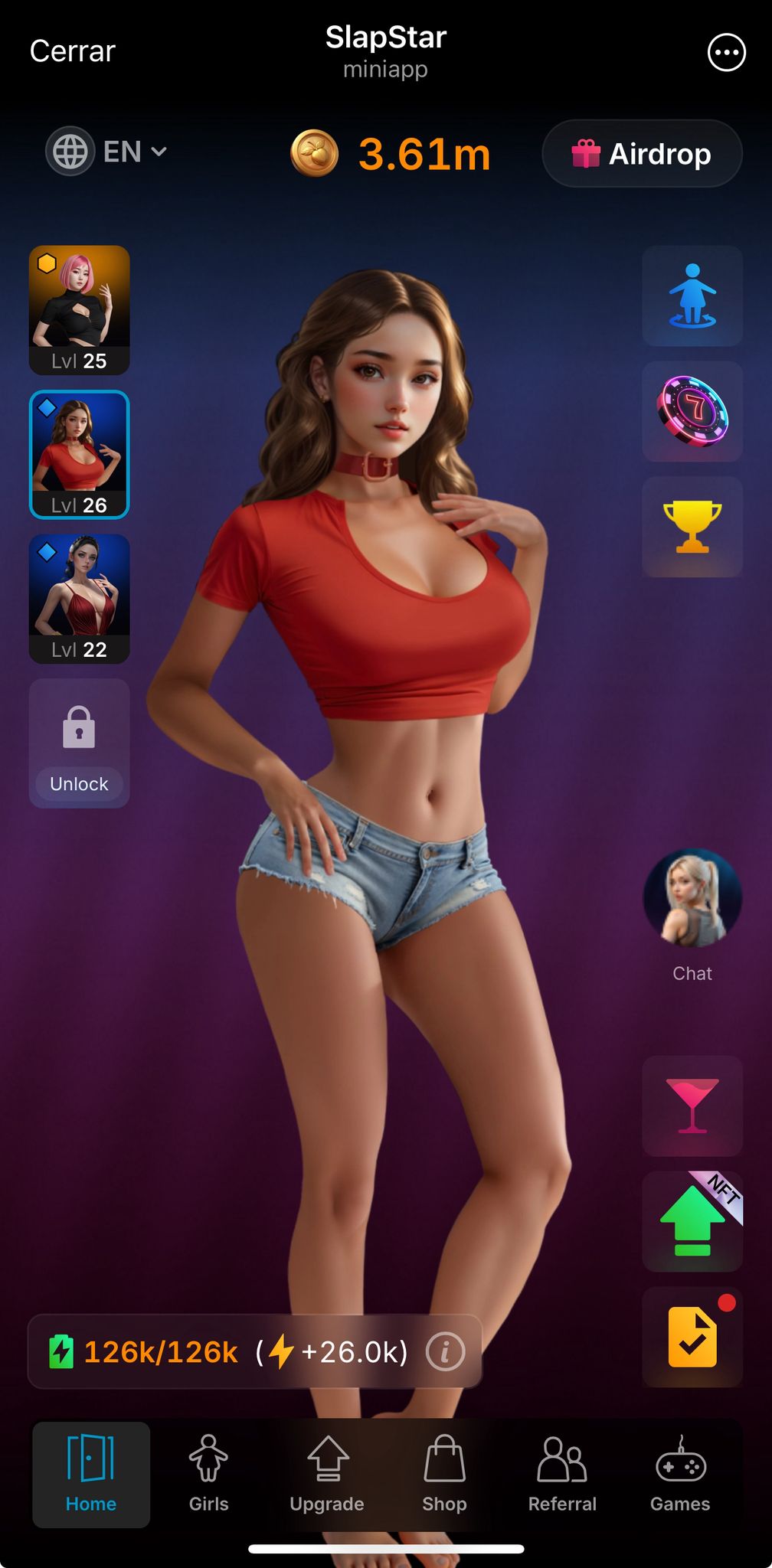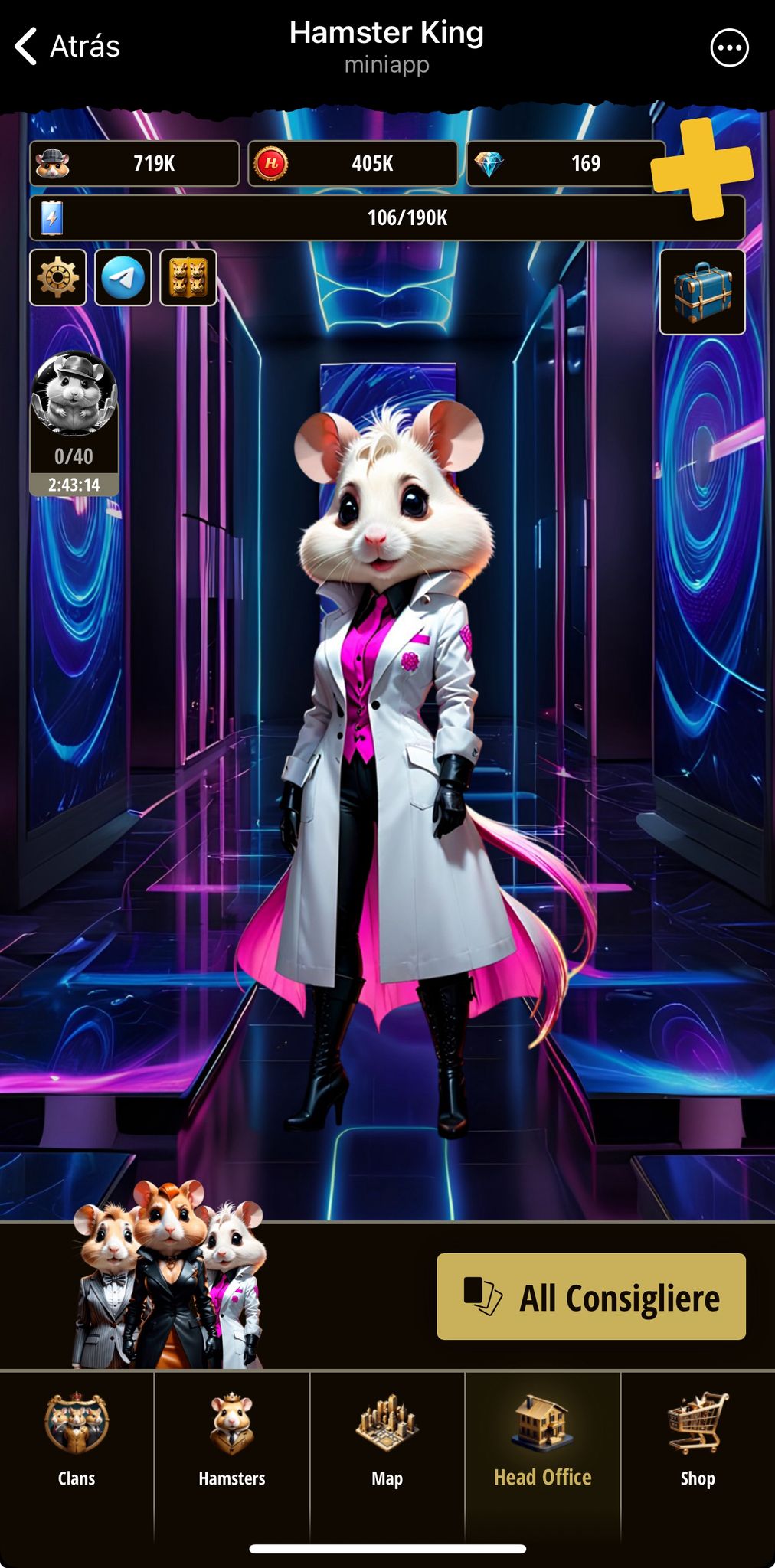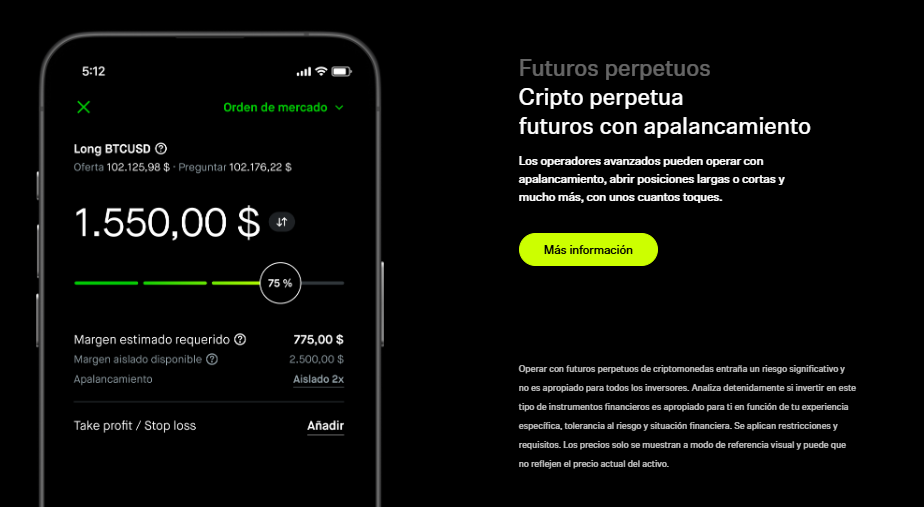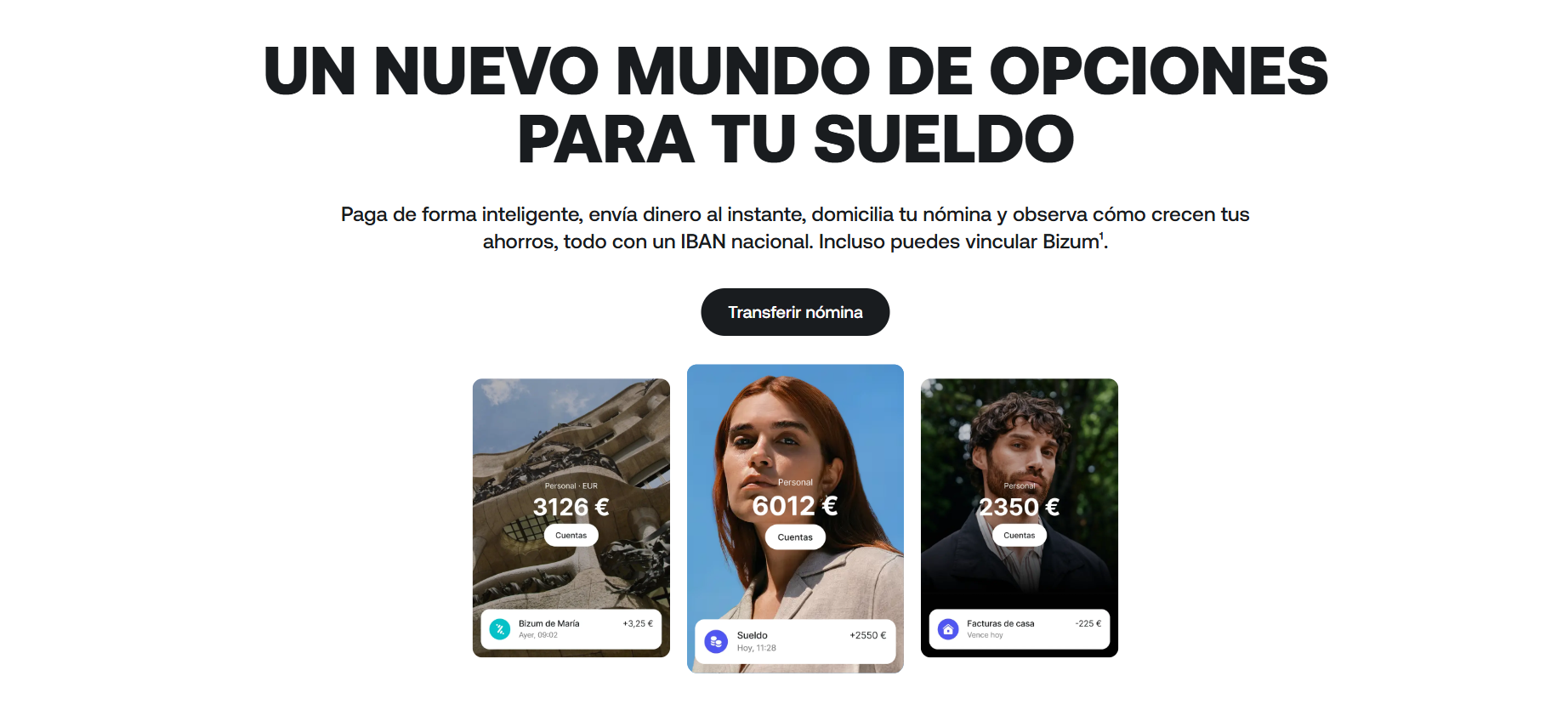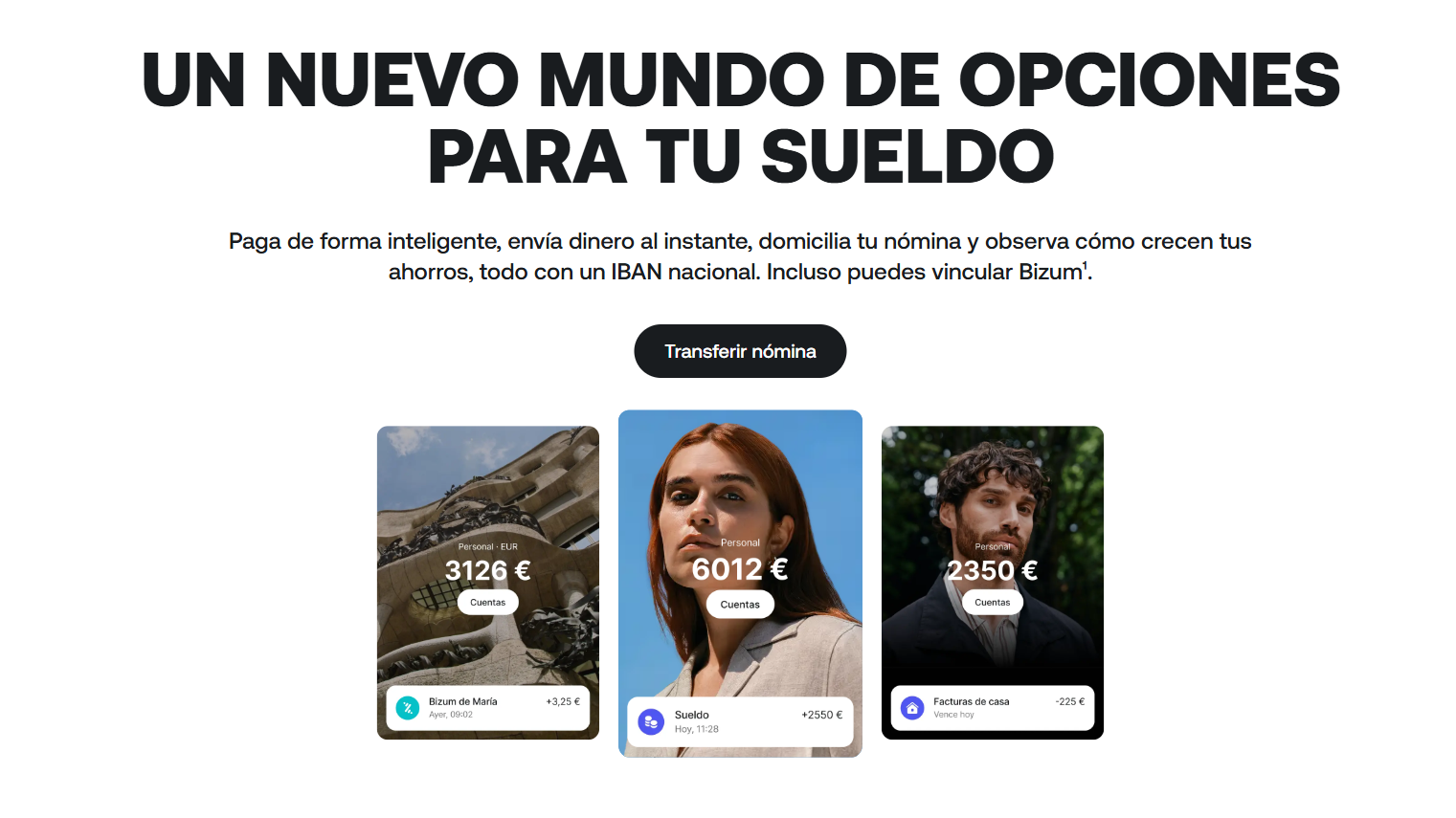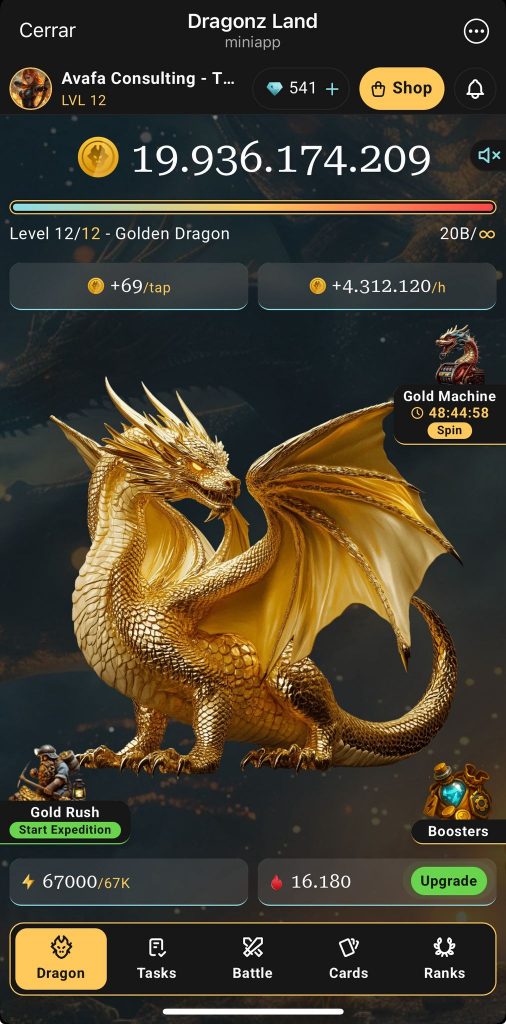NFT 2.0 on TON: New Royalties and Clear Digital Ownership
Explore NFT 2.0 on TON: Automatic Royalties and Transparent Digital Ownership. Change the Game Rules for Creators and Collectors.

NFT 2.0 on TON: Automatic Royalties and Transparent Digital Ownership
The arrival of NFT 2.0 on the TON blockchain marks a turning point in the way digital ownership is conceived and used in the nonfungible token environment. As the use of NFTs has expanded beyond digital collectibles, the need for a system that guarantees clear ownership rights and automatic royalties becomes more urgent. NFT 2.0 at TON addresses limitations that early models, such as NFT 1.0, were unable to solve, allowing creators to not only create, but also continuously benefit from their work.
How does NFT 2.0 work on TON?
The NFT 2.0 system implemented in TON incorporates updated standards that ensure automatic compensation to creators in all secondary transactions. Among the most relevant standards are:
- TEP-62: NFT core.
- TEP-64: NFT collections.
- TEP-66: Royalty logic.
This new approach introduces a coordinated system that uses off-chain metadata to track royalty compliance without the need to alter on-chain contracts, maintaining the integrity and decentralization of the system. The process can be summarized in the following steps:
- Authoring and Metadata: Creators mint NFTs through the TON Minting Platform API, where they define royalty recipients and applicable percentages.
- Application of Royalties: Marketplaces consult royalty information through NFT contracts. When an NFT is sold, the creator’s share is automatically sent to your wallet.
- Tracking Violations: If royalties are not met, the NFT’s metadata is updated, triggering a field that flags the royalty violation.
- Off-chain coordination, on-chain integrity: The execution of royalty rules is done through metadata, allowing efficiency and hindering the manipulation of the system.
Importance of NFT 2.0 in TON
The evolution to NFT 2.0 in TON not only represents a technical breakthrough, but establishes a sustainable model that benefits both creators and collectors. Some of the key takeaways include:
- Creators earn predictable revenue from secondary sales.
- Collectors can verify the authenticity and royalty compliance of their NFTs.
- Marketplaces operate under a unified standard rather than fragmented systems.
TON’s architecture is designed to support a large volume of NFTs, allowing for fast exchange and low fees. In addition, its integration with Telegram facilitates the user experience by being able to explore, exchange and display NFTs directly from the messaging platform, which has more than 900 million active users.
Challenges and Implementation
The adoption of NFT 2.0 requires alignment between all players in the ecosystem, including marketplaces, wallets, and explorers. The TON Foundation and its developer community are publishing open-source tools and APIs to facilitate this implementation. Some of the important considerations are:
- The need to educate users about how NFTs work and the importance of royalty violation tags.
- Technical coordination to keep metadata updated in real-time to reflect royalty violations consistently across platforms.
This establishes a model that could serve as a reference for the creation of cross-cutting royalty systems on other blockchains, supporting a more sustainable future for digital content creators.
NFTs as Functional Digital Assets
The transition to NFT 2.0 on TON means a significant shift in their utility, moving from simple collectibles to digital assets that can facilitate loyalty rewards, event tickets, in-game items, memberships, and much more. This approach is aligned with the TON Foundation’s mission to make decentralized technology accessible to all, enabling interactions with digital assets on familiar platforms and without the need for complicated tools.
NFT 2.0 also expands the spectrum of those who can develop projects with NFTs, including artists and communities, providing a unique opportunity to reach global audiences while users gain verifiable ownership and identity within the digital spaces they already use.
For more information, visit the original article on TON Blog.
Note: This original content has been modified with AI and reviewed by a specialist.

